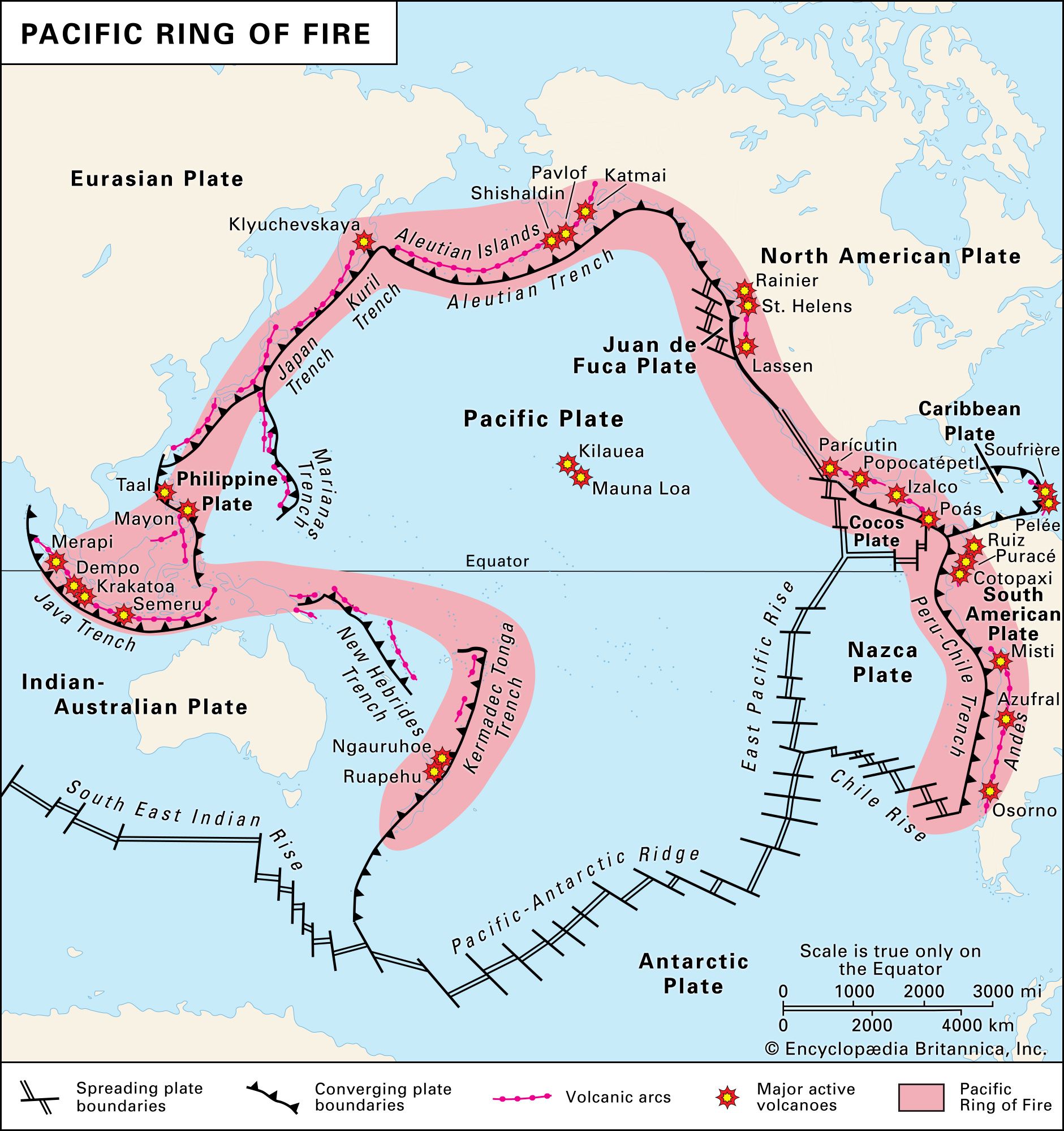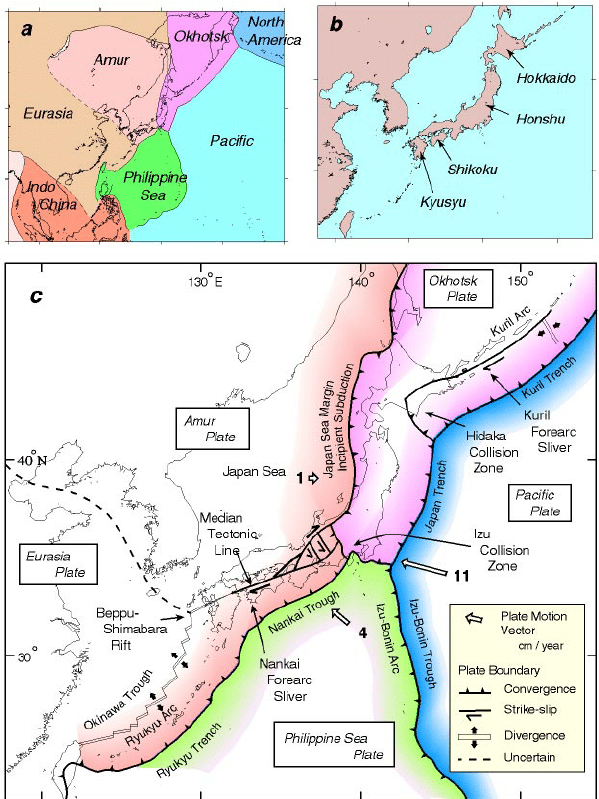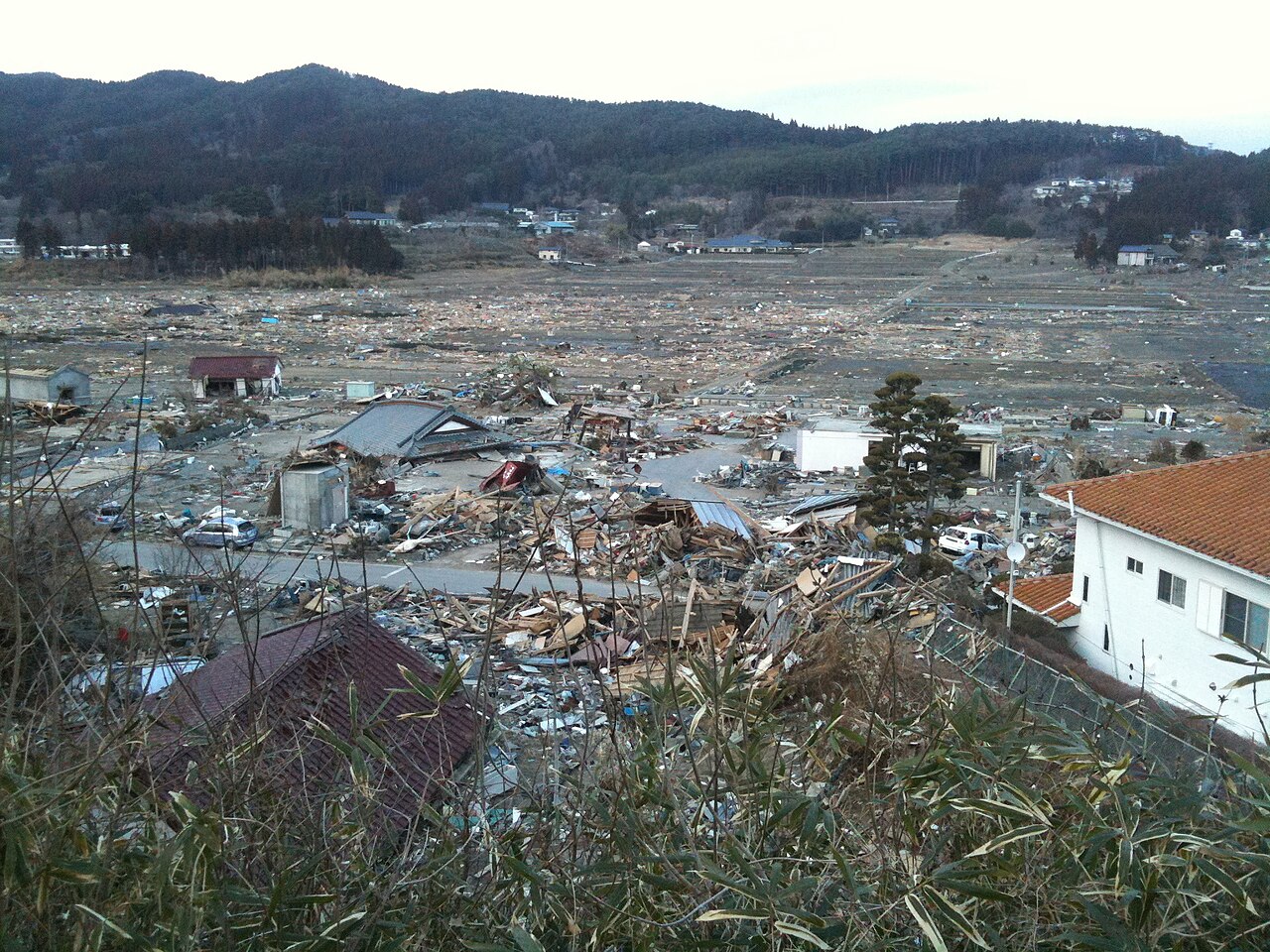The Earth harbors numerous regions characterized by substantial seismic risk, influenced by a spectrum of geological factors. Among these regions, Japan emerges as a highly seismogenic area, witnessing thousands of recorded earthquakes annually across its archipelago. Although the majority of these tremors leave little lasting impact, Japan stands out as a notable contributor to global seismic activity. Astonishingly, it encompasses roughly one-fifth of the earthquakes worldwide with a magnitude exceeding 6 on the Richter scale, underscoring its profound seismic significance.
Japan has been witness to some of the most formidable earthquakes ever documented in Earth’s history. Among these seismic events, the Tōhoku earthquake that transpired on March 11, 2011, stands as a striking example. Boasting a staggering magnitude of 9.1, this seismic upheaval brought about a catastrophic aftermath. Tragically, the earthquake claimed the lives of over 18,000 individuals and set off a chain of events that culminated in the Fukushima nuclear disaster. The force of the ensuing tsunami, which was a direct result of the earthquake, devastated the coastline and caused the nuclear accident.
These immense seismic occurrences often coincide with the manifestation of tsunamis, colossal waves generated by underwater disturbances. In the context of Japan, the interplay between seismic activity and tsunamis is particularly pronounced. Astonishingly, a substantial 17% of all tsunamis originating within the Pacific Ocean find their way to Japanese shores, exacerbating the nation’s vulnerability to the combined impact of powerful earthquakes and their oceanic aftermath.
A Tectonic Puzzle

The seismic activity within the Japanese archipelago finds its roots in a combination of geological factors intricately interwoven with its unique geographical location. Central to this explanation is Japan’s positioning along a slender expanse recognized as the “Ring of Fire,” an expansive belt housing an extensive network of volcanoes that envelops the entire perimeter of the Pacific Ocean. As a result, Japan emerges as an archipelago comprising volcanic islands, a substantial number of which remain in active volcanic states.
This volcanic dynamism, emblematic of the Ring of Fire, finds its origins in the intricate web of subduction zones that traverse the outer margins of the Pacific. These subduction zones delineate areas where tectonic plates plunge beneath others, a process that fosters a range of geological phenomena, including earthquakes and volcanic activity. Japan’s geographical placement exposes it to the repercussions of these subduction zones, resulting in an environment uniquely conducive to frequent seismic events, including powerful earthquakes and volcanic eruptions.

In essence, the convergence of tectonic plates and the presence of subduction zones in the Pacific Ocean’s circumference contribute to Japan’s heightened seismic activity. This intricate interplay of geological forces underscores the archipelago’s status as a seismically dynamic region within a global context.
Subduction zones form due to the convergence of two tectonic plates, wherein one plate descends beneath its counterpart. This expansive geologic phenomenon constitutes a key driver of plate tectonics and the reprocessing of oceanic crust. Additionally, it serves as a catalyst for producing considerable volumes of magma (leading to the formation of active volcanoes) and notably intense seismic activity.
Hence, within the vicinity of Japan, a complex interplay involves not a solitary entity but rather a total of six tectonic plates that cohabitate and exhibit relative motion. Among these are a pair of oceanic plates—the Pacific Plate and the Philippine Plate—alongside four plates linked to the Eurasian Plate: the Yangtze Plate, the Okinawa Plate, the Amur Plate, and the Okhotsk Plate, which shares a boundary with the North American Plate.
The intricate interplay of these plates gives rise to intricate tectonic frontiers, where certain instances witness substantial shifts. These movements, coupled with stress buildup and subsequent release, constitute the driving force behind the earthquakes observed within the Japanese region.
Locked Zones in Subduction Trenches
In this manner, the Pacific Plate descends beneath the Okhotsk Plate, which carries the northern segment of the Japanese archipelago. This collision takes place at two distinct locations: the Kuril Trench to the northern extent and the Japan Trench to the southern extent. Concurrently, the Pacific Plate also undergoes subduction beneath the Philippine Plate at the Izu-Ogasawara Trench. Remarkably, the Philippine Plate itself is subject to subduction beneath three distinct plates: the Amurian Plate, marked by the Nankai and Suruga Trenches; the Okhotsk Plate, associated with the Sagami Trench; and the Okinawa Plate, connected to the Ryukyu Trench.
Unlike the converging interactions of the aforementioned plate boundaries, the demarcation separating the Yangtze Plate and the Okinawa Plate follows a divergent pattern. This gives rise to an extensional back-arc basin, a consequence of the Philippine Plate’s subduction beneath the Okinawa Plate. Despite the fact that convergence is the dominant context, the Okinawa Plate serves as an example of how the gradual withdrawal of the Philippine Plate’s subducting portion induces a mechanism of extension within the superior plate.
Hence, the Japanese vicinity emerges as a multifaceted domain within the realm of tectonics and geodynamics. The archipelago bears the brunt of notable compressional forces that give rise to deformation. The plates engaged in subduction (namely, the Pacific and Philippine Plates) do not undergo unhindered gliding beneath the overlying plates. This can be attributed, in part, to the uneven nature of the oceanic floor as it enters the subduction zone. Contributing to this complexity are various factors, including the inclination of the descending slab, the existence of sedimentary layers, and other such elements.
In geological terms, specific sections along subduction trenches undergo temporary locking. As the tectonic plate descends on both sides, these locked zones progressively amass stress. When this locking ultimately gives way, the abrupt displacement of the two plates expels a substantial energy surge, culminating in an earthquake. Furthermore, the motion of the seafloor possesses the potential to instigate the formation of a tsunami.
However, the populace has effectively adapted to this perpetual hazard. All construction is mandated to adhere to rigorously stringent seismic regulations, thereby empowering major urban centers to endure even the most potent earthquakes with minimal repercussions. The inhabitants, encompassing children as well, receive comprehensive education concerning this hazard and regularly participate in training and drills to equip them to respond effectively in the face of intense tremors.
References
- Reconstructing Jurassic‐Cretaceous Intra‐Oceanic Subduction Evolution in the Northwestern Panthalassa Ocean Using Ocean Plate Stratigraphy From Hokkaido, Japan – Scientific Figure on ResearchGate.
- Tectonic evolution of the Japanese island arc system – Scientific Figure on ResearchGate.
- Featured Image: Flickr, Mitsukuni Sato.
